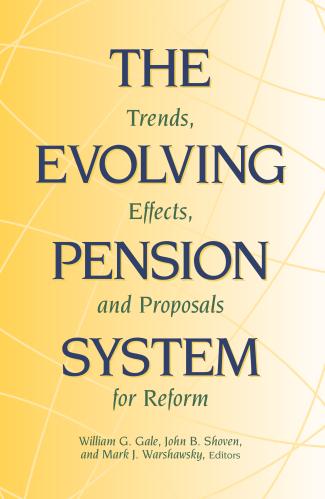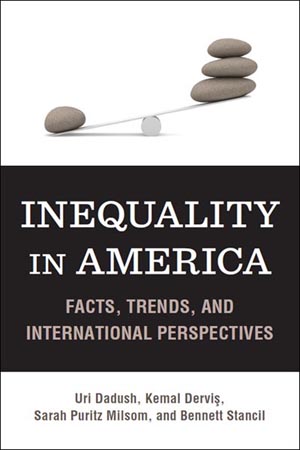July’s jobs gains, released this morning, show that 255,000 new jobs were added in July, this after 292,000 new jobs were added in June (revised up from 287,000 at the time of the release).
This year’s monthly job gains and losses can indicate how the economy is doing once they are corrected to account for the pattern we already expect in a process called seasonal adjustment. The approach for this seasonal adjustment that is presently used by the Bureau of Labor Statistics (BLS) puts very heavy weight on the current and last two years of data in assessing what are the typical patterns for each month.
In my paper “Unseasonal Seasonals?” I argue that a longer window should be used to estimate seasonal effects. I found that using a different seasonal filter, known as the 3×9 filter, produces better results and more accurate forecasts by emphasizing more years of data. The 3×9 filter spreads weight over the most recent six years in estimating seasonal patterns, which makes them more stable over time than the current BLS seasonal adjustment method.
I calculate the month-over-month change in total nonfarm payrolls, seasonally adjusted by the 3×9 filter, for the most recent month. The corresponding data as published by the BLS are shown for comparison purposes. According to the alternative seasonal adjustment, the economy added 269,000 jobs in July (column Wright SA), 14,000 more than the official BLS total of 255,000 (column BLS Official).
In addition to seasonal effects, abnormal weather can also affect month-to-month fluctuations in job growth. In my paper “Weather-Adjusting Economic Data” I and my coauthor Michael Boldin implement a statistical methodology for adjusting employment data for the effects of deviations in weather from seasonal norms. This is distinct from seasonal adjustment, which only controls for the normal variation in weather across the year. We use several indicators of weather, including temperature and snowfall.
We calculate that weather in July had a negligible effect on employment (column Weather Effect). This is not surprising, given that weather in July during the period for which the BLS measured employment was in line with seasonal norms, and weather effects on jobs data are normally small in the summer.
It is interesting to note that the three-month averages between May and July are very similar for the three measures, and have on net exceeded the predictions of most economic forecasters. Jobs growth in the last three months has been stronger than at the start of the year, but still a bit below the pace of late 2015.

Note: Changes in previous months’ numbers reflect revisions to the underlying data.
- Applies a longer window estimate of seasonal effects (see Wright 2013).
- Includes seasonal and weather adjustments, where seasonal adjustments are estimated using the BLS window specifications (see Boldin & Wright 2015). The incremental weather effect in the last column is the BLS official number less the SWA number.







Commentary
Two months of 250,000+ new jobs signal employment gains are back on track
August 5, 2016